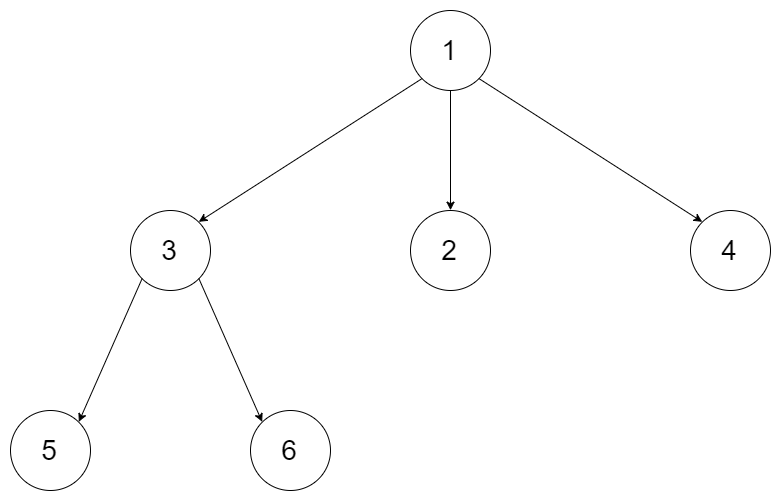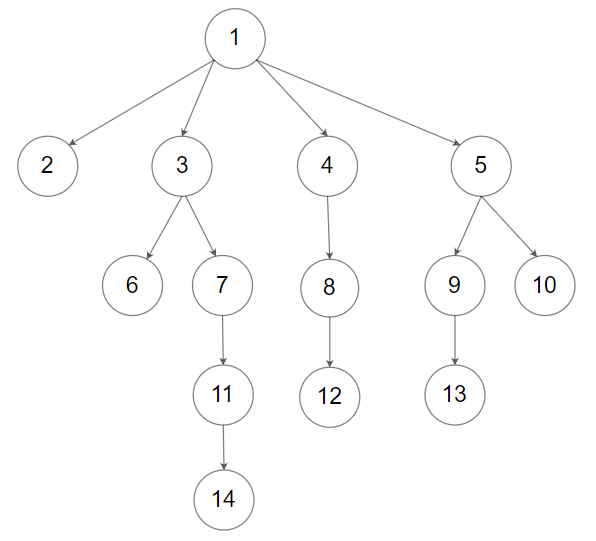
590. N-ary Tree Postorder Traversa
Difficulty: Easy
Topics: Stack, Tree, Depth-First Search
Given the root of an n-ary tree, return the postorder traversal of its nodes' values.
Nary-Tree input serialization is represented in their level order traversal. Each group of children is separated by the null value (See examples)
Example 1:

Example 2:

Constraints:
Follow up: Recursive solution is trivial, could you do it iteratively?
Solution:
We can approach it both recursively and iteratively. Since the follow-up asks for an iterative solution, we'll focus on that. Postorder traversal means visiting the children nodes first and then the parent node.
Let's implement this solution in PHP: 590. N-ary Tree Postorder Traversal
val = $val;
}
}
/**
* @param Node $root
* @return integer[]
*/
function postorder($root) {
...
...
...
/**
* go to ./solution.php
*/
}
// Example 1:
$root1 = new Node(1);
$root1->children = [
$node3 = new Node(3),
new Node(2),
new Node(4)
];
$node3->children = [
new Node(5),
new Node(6)
];
print_r(postorder($root1)); // Output: [5, 6, 3, 2, 4, 1]
// Example 2:
$root2 = new Node(1);
$root2->children = [
new Node(2),
$node3 = new Node(3),
$node4 = new Node(4),
$node5 = new Node(5)
];
$node3->children = [
$node6 = new Node(6),
$node7 = new Node(7)
];
$node4->children = [
$node8 = new Node(8)
];
$node5->children = [
$node9 = new Node(9),
$node10 = new Node(10)
];
$node7->children = [
new Node(11)
];
$node8->children = [
new Node(12)
];
$node9->children = [
new Node(13)
];
$node11 = $node7->children[0];
$node11->children = [
new Node(14)
];
print_r(postorder($root2)); // Output: [2, 6, 14, 11, 7, 3, 12, 8, 4, 13, 9, 10, 5, 1]
?>
Explanation:
-
Initialization:
- Create a stack and push the root node onto it.
- Create an empty array result to store the final postorder traversal.
-
Traversal:
- Pop the node from the stack, insert its value at the beginning of the result array.
- Push all its children onto the stack.
- Continue until the stack is empty.
-
Result:
- The result array will contain the nodes in postorder after the loop finishes.
This iterative approach effectively simulates the postorder traversal by using a stack and reversing the process typically done by recursion.
Contact Links
If you found this series helpful, please consider giving the repository a star on GitHub or sharing the post on your favorite social networks ?. Your support would mean a lot to me!
If you want more helpful content like this, feel free to follow me:
The above is the detailed content of . N-ary Tree Mail Order Traverse. For more information, please follow other related articles on the PHP Chinese website!




